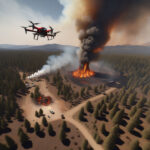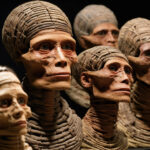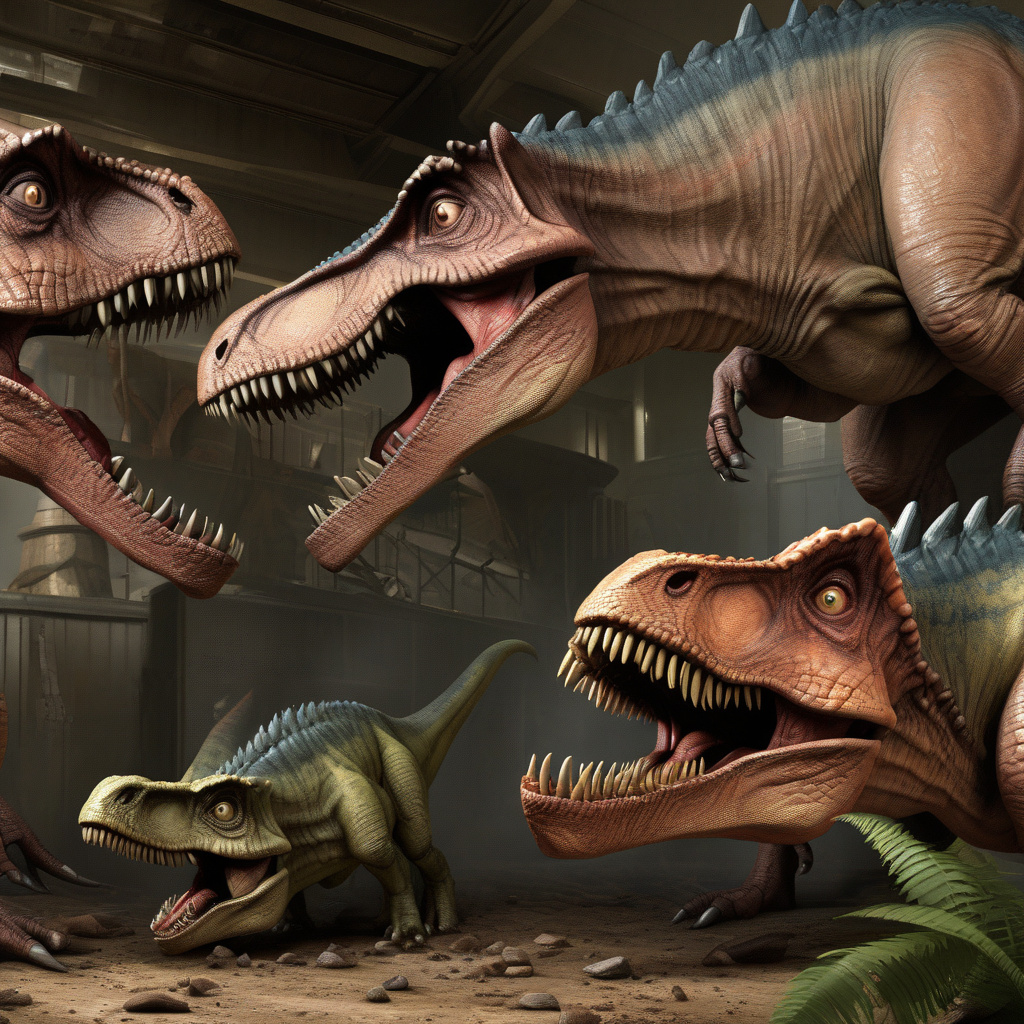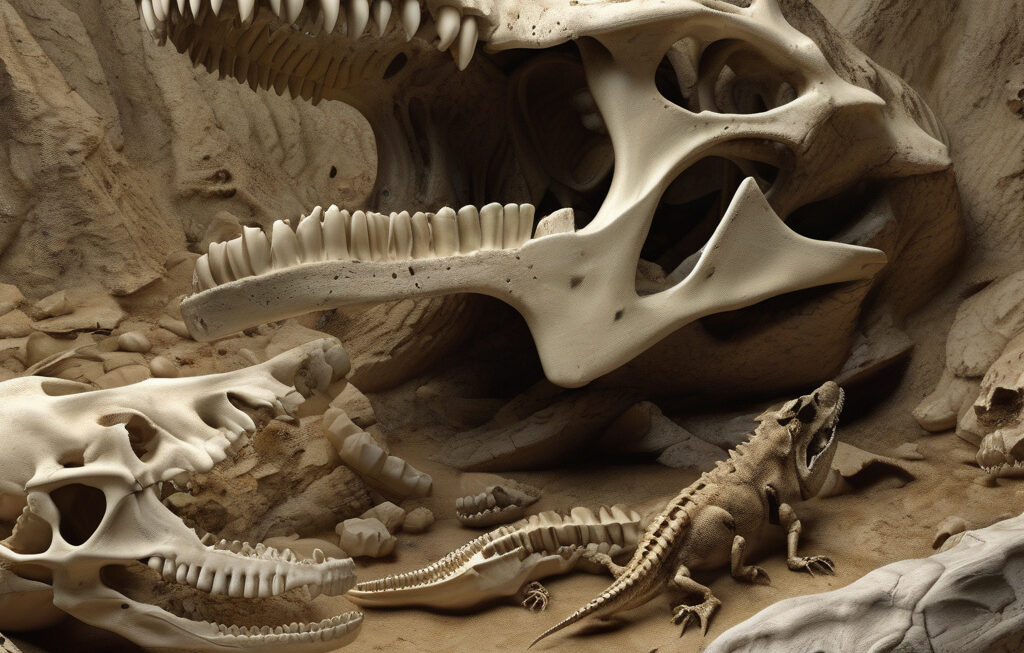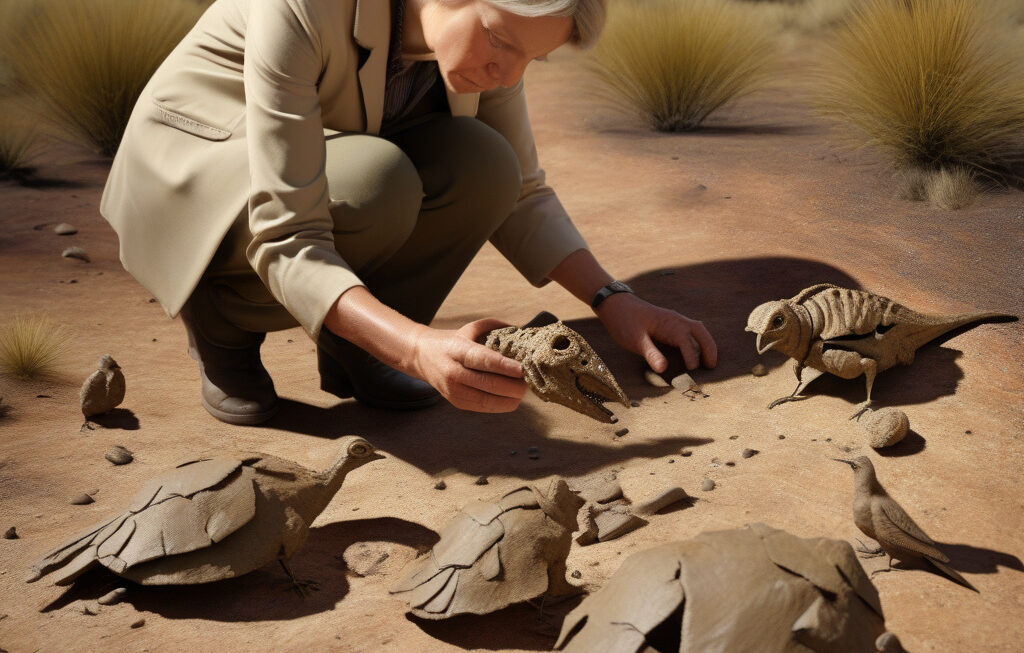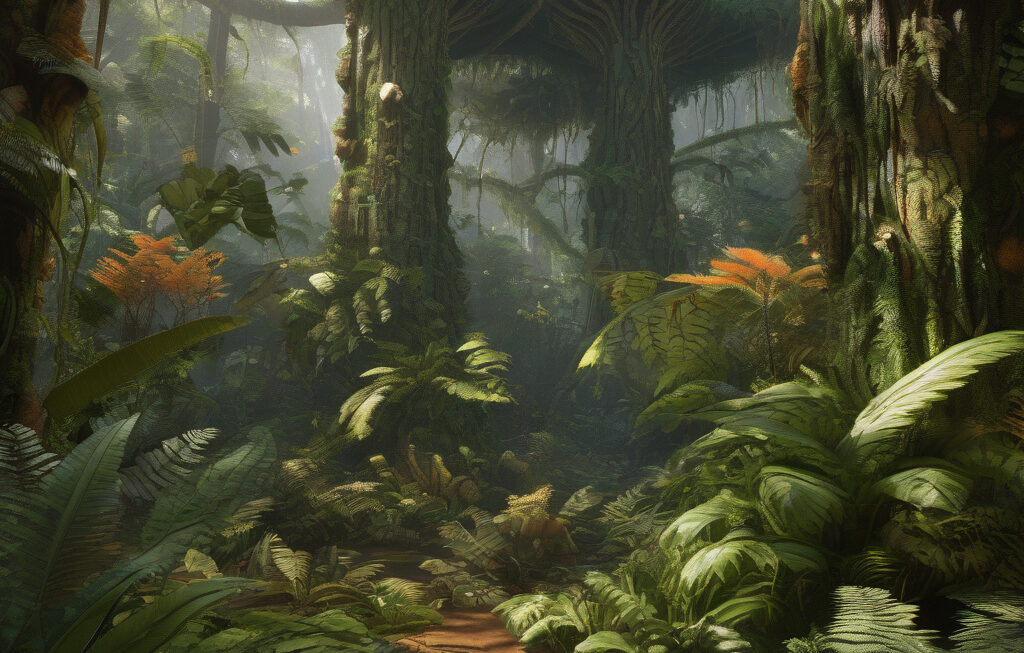Crushers to Slashers: Dinosaur Bite Styles Reveal Evolution’s Many Paths
A new study has unearthed fascinating insights into the evolutionary paths taken by meat-eating dinosaurs concerning their skull design. The research sheds light on how these ancient creatures adapted to their environments through different bite styles, showcasing the diverse ways in which evolution shaped their feeding behaviors.
One of the key findings of the study is the distinct variations in skull morphology among different groups of carnivorous dinosaurs. For instance, some dinosaurs, such as the infamous Tyrannosaurus rex, possessed robust skulls with powerful jaws designed for crushing bones and tearing through tough flesh. These dinosaurs were the “crushers” of the prehistoric world, using their immense bite force to pulverize their prey.
On the other end of the spectrum were the “slashers,” dinosaurs like the Allosaurus, known for their blade-like teeth and swift, slashing motions. These dinosaurs relied on precision and speed to deliver lethal blows to their victims, showcasing a different feeding strategy compared to their crushing counterparts.
The study also revealed intermediate forms of skull morphology that blurred the line between crushers and slashers. Dinosaurs like the Carnotaurus exhibited a unique combination of traits, with strong jaw muscles for delivering powerful bites, as well as sharp, serrated teeth for slicing through flesh. These intermediary forms highlight the evolutionary flexibility of meat-eating dinosaurs, allowing them to explore a range of feeding strategies based on their ecological niche.
Through detailed biomechanical analyses and comparisons of skull structures, researchers were able to reconstruct the bite mechanics of these dinosaurs with remarkable precision. By simulating how different dinosaurs would have bitten into their prey, scientists gained valuable insights into the functional adaptations that drove the evolution of their feeding behaviors.
Furthermore, the study emphasized the role of ecological factors in shaping the diversity of dinosaur bite styles. Different environments presented unique challenges and opportunities for carnivorous dinosaurs, driving them to evolve specialized feeding strategies to maximize their hunting success. From dense forests to open plains, each habitat exerted its selective pressures on these ancient predators, leading to the emergence of a wide array of bite adaptations.
The implications of this research extend beyond the realm of paleontology, offering valuable lessons in evolutionary biology and adaptation. By studying how dinosaurs diversified their feeding behaviors in response to environmental changes, scientists gain a deeper understanding of the mechanisms driving evolution and the remarkable ways in which life adapts to its surroundings over millions of years.
In conclusion, the study on dinosaur bite styles provides a captivating glimpse into the evolutionary processes that shaped the feeding behaviors of these iconic creatures. From crushers to slashers, the diversity of skull designs among meat-eating dinosaurs underscores the complexity of evolutionary pathways and the incredible adaptations that arise in the natural world.
evolution, dinosaurs, bite styles, skull design, feeding behaviors
